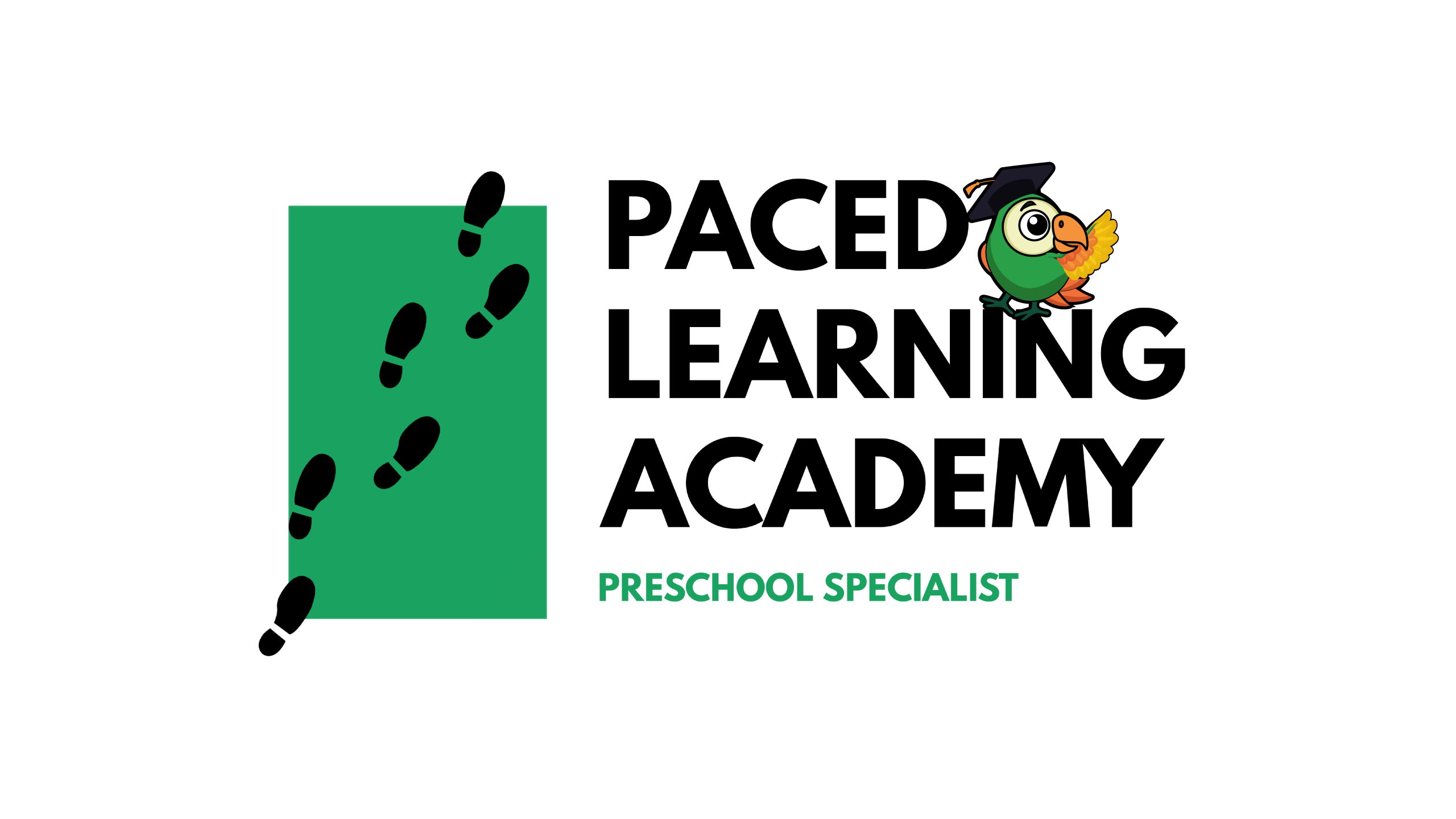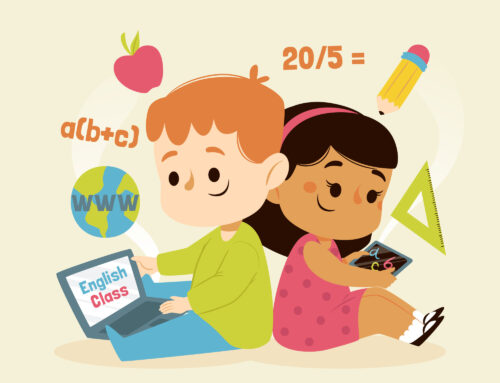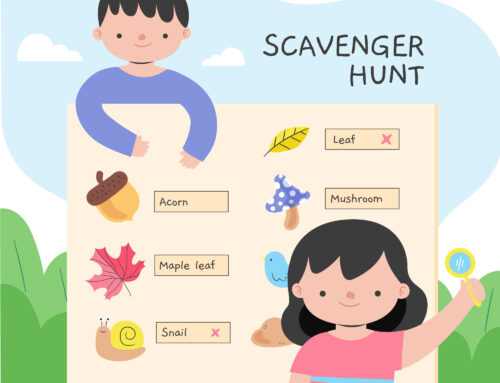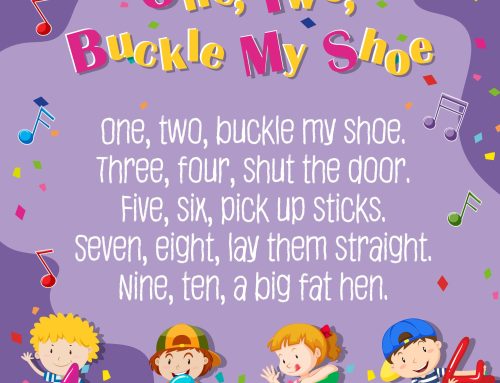
Understanding Syllable Types: A Key to Stronger Reading Skills
Reading is more than just recognizing letters and sounding out words. As children progress in their phonics journey, one of the most effective ways to improve decoding and fluency is by understanding the different types of syllables. Teaching syllable types provides a clear structure that helps children break down unfamiliar words and read with greater confidence.
In this blog post, we’ll explore the six main syllable types in English, show how they relate to phonics learning, and offer practical strategies for helping your child master them. Whether your child is following an online phonics course or attending a phonics class, understanding syllable types is an essential step in their reading development.
Why Syllables Matter in Phonics
Syllables are the building blocks of words. When children learn to break words into syllables, they become better at decoding, spelling, and understanding complex vocabulary. By recognizing the patterns in syllables, readers can predict how a word should be pronounced.
For example, if a child encounters the word ‘magnet’, they can break it into two syllables: ‘mag’ and ‘net’. Knowing that both are closed syllables (ending in a consonant), they can decode each syllable with the correct short vowel sound.
Understanding syllables also helps children tackle longer words with ease. Instead of guessing how to pronounce ‘responsible’, they can break it down into ‘re-spon-si-ble’ and apply phonics rules to each part.
In structured learning environments, children are introduced to syllables early on as a way to break down and decode words. This approach builds a strong foundation for fluent reading and also supports spelling, vocabulary development, and overall comprehension.
Children who can identify syllables are better equipped to tackle unknown words, self-correct while reading, and move from decoding to fluent reading more efficiently. That’s why phonics classes—whether in-person or through an online phonics program—place a strong emphasis on syllable awareness.
The Six Types of Syllables
1. Closed Syllables
- A closed syllable ends in one or more consonants, and the vowel in the syllable makes its short sound.
- Examples: cat, sit, mud, basket (bas-ket), magnet (mag-net)
- How it works: The vowel is “closed in” by a consonant, so it doesn’t get to say its name. This is the most common syllable type in English.
- Strategy: Help children listen for the short vowel sound and identify the consonant that follows it. CVC (consonant-vowel-consonant) words are ideal for early practice.
- 🧠 Try this: Say the words bat, bun, and pet aloud. Ask your child to identify the vowel sound and point out the consonant that follows it. Then try longer words like napkin or magnet and break them down.
2. Open Syllables
- An open syllable ends in a vowel, and the vowel says its long sound (its name).
- Examples: me, go, hi, robot (ro-bot), he-ro, ti-ger
- How it works: Since there is no consonant after the vowel, the vowel is “open” and says its name.
- Strategy: Use syllable clapping and vowel comparison activities to highlight this pattern.
- 📘 Try this: Compare he and hen or ti and tin. Discuss how the extra consonant changes the syllable. Create open syllable flashcards that show words ending in vowels.
3. Magic-E (Vowel-Consonant-E) Syllables
- This syllable includes a vowel, followed by a consonant and then a silent ‘e’ at the end. The silent ‘e’ makes the vowel say its long sound.
- Examples: cake, bike, home, cute, rate, hope
- How it works: The silent ‘e’ changes the first vowel from a short to a long sound without being heard itself.
- Strategy: Use word comparisons and hands-on activities to demonstrate how the silent ‘e’ transforms the word.
- 🎮 Try this: Show your child the words kit and kite. What’s different? What does the ‘e’ do? Use magnetic letters or cards to add and remove the ‘e’ and hear the sound change.
4. Vowel Team Syllables
- Two vowels work together in a syllable to make one sound. Sometimes the first vowel does the talking, and the second stays silent.
- Examples: team, meat, rain, coat, feet, bread, coin
- How it works: Vowel teams can represent long vowel sounds, diphthongs, or unique vowel blends.
- Strategy: Teach vowel pairs such as ai, ea, oa, ee, ie, ou, and oi. Practice with rhyming words and patterns.
- 📚 Try this: Build rhyming families like rain/train/brain, or boat/coat/float. Use word searches or highlight vowel teams in stories to build recognition.
5. R-Controlled Syllables
- A syllable with a vowel followed by the letter ‘r’. The ‘r’ changes the sound of the vowel, making it neither long nor short.
- Examples: car, bird, corn, fur, her, turnip (tur-nip)
- How it works: The ‘r’ “controls” the vowel, creating a new sound like ar (as in car) or er (as in her).
- Strategy: Teach this concept with the phrase “bossy r.” Create word lists and visuals that show how the ‘r’ changes the vowel.
- 👂 Try this: Group words by sound: ar (car, star), or (fork, corn), er/ir/ur (her, bird, fur). Make posters or play sound-matching games.
6. Consonant-le Syllables
- This type appears at the end of multisyllabic words. It consists of a consonant followed by –le, and is counted as a syllable even though it lacks a traditional vowel.
- Examples: table, candle, puzzle, giggle, jungle, apple
- How it works: The –le forms its own syllable. Usually, the consonant before –le joins it to make the final syllable.
- Strategy: Teach children to recognize the pattern of consonant + le, and that it often follows another syllable.
- 🧩 Try this: Take the word candle and break it into can and dle. Clap it out. Use cut-and-paste activities or build –le word puzzles.
How to Reinforce Syllable Learning at Home
Reinforcing syllable learning at home doesn’t need to be complicated. With a few creative and consistent strategies, you can support your child’s understanding and application of syllable types:
1. Syllable Sorting
- Create flashcards with individual words representing different syllable types. Ask your child to group them by type—Closed, Open, Magic-E, etc.
- ✅ Example: Write words like cut, hope, tiger, candle, star, and boat on cards. Ask your child to sort them into piles like “Closed Syllables” (cut, star), “Open Syllables” (tiger – ti is open), “Magic-E” (hope), “Consonant-le” (candle), and “Vowel Team” (boat). Then, have them explain why each belongs in its category.
2. Clap It Out
- Pick long words and clap for each syllable. This helps develop syllable awareness and the ability to differentiate sounds.
- ✅ Example: Try words like fan-tas-tic, um-brel-la, re-mem-ber, el-e-phant. Clap each syllable as you say the word and ask, “How many claps did you hear?”
3. Syllable Puzzles
- Write multisyllabic words on paper and cut them apart by syllable. Mix the pieces and have your child reconstruct them.
- ✅ Example: Split words like sun-shine, ta-ble, pic-nic, mag-net, pan-cake. Scramble the syllables and let your child match and rebuild the full words.
4. Word Building Games
- Use magnetic letters or letter tiles to build words with different syllable types.
- ✅ Example: Ask your child, “Can you build a word with a Magic-E syllable?” Guide them to build a cake or bike. Or say, “Let’s build a Closed syllable word like mud or hat.” Build and sound out each word together.
5. Use Decodable Readers
- Choose books from a structured online phonics program or reading class in Singapore that focus on specific syllable types.
- ✅ Example: Find beginner readers that focus on Magic-E words (Jake’s Ride) or R-Controlled vowels (Bird in the Dirt). Read together and point out examples of the target syllable type.
6. Draw and Describe
- Let your child draw a picture and label it with syllables, discussing the syllable types used.
- ✅ Example: Your child draws a robot. Together, write the word as ro-bot and explain: ro is an Open syllable, bot is Closed. Try other drawings like ti-ger, ap-ple, or can-dle and break them into parts.
Enroll in a Phonics Class That Supports Syllable Awareness
While home practice is important, a structured phonics class provides your child with consistent guidance and support. Whether you’re looking for the best online phonics classes or in-person programs tailored for young readers, choosing the right program is essential for lasting reading success.
🎯 Explore our phonics class options—whether online or in-person in Kovan and Canberra—and help your child develop stronger syllable awareness and reading skills with confidence and joy!






